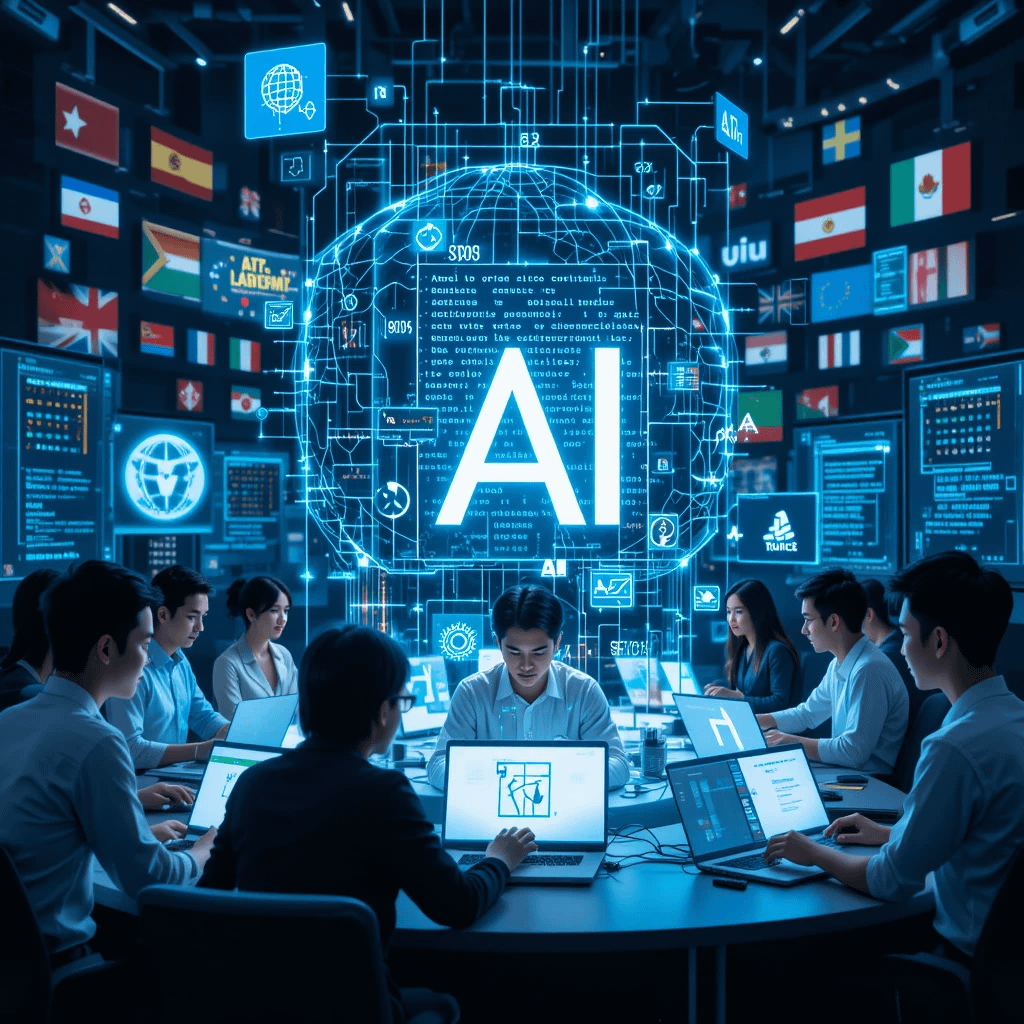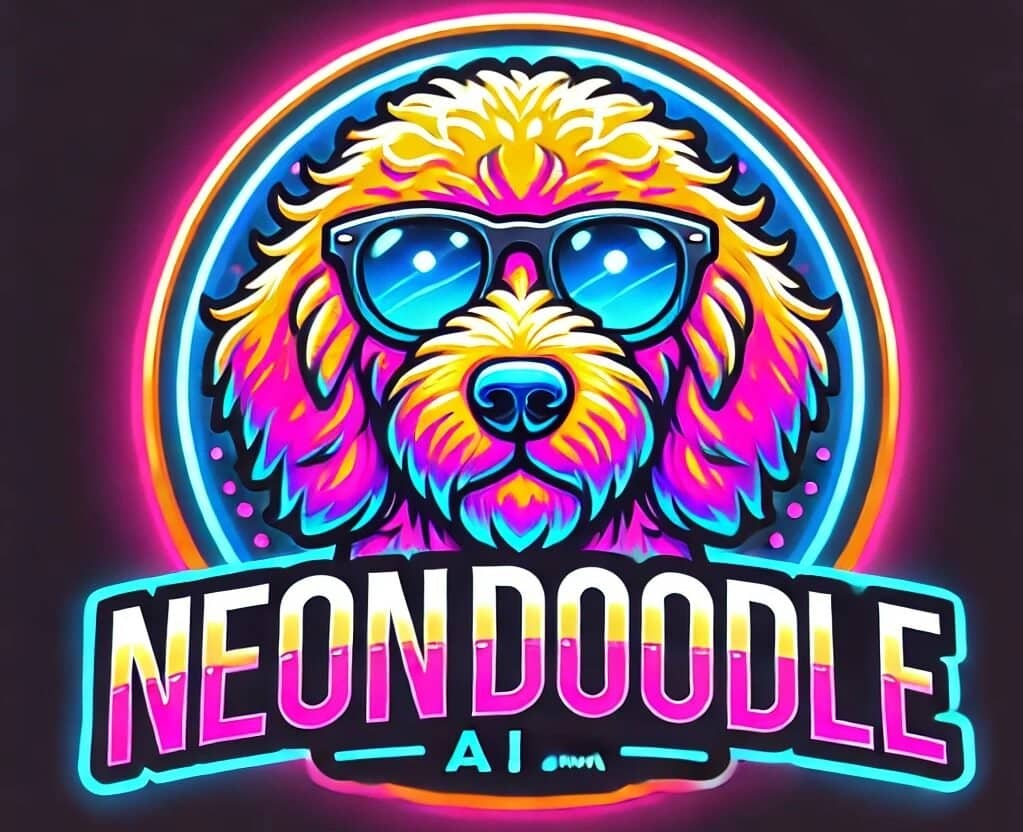
Understanding Open-Source AI
Open-source AI refers to artificial intelligence systems whose source code is made publicly available for anyone to use, modify, and distribute. This approach contrasts with proprietary AI systems, which are typically developed and owned by private companies that restrict access to their underlying code. Open-source AI fosters an environment of collaboration and innovation, allowing developers from various backgrounds to contribute to projects, share knowledge, and improve existing algorithms.
The advantages of open-source AI are numerous. One of the most significant benefits is accessibility. By providing open access to AI frameworks, researchers, developers, and even hobbyists can experiment with advanced technologies without the need for substantial financial investment. This democratization of technology enables a diverse range of contributors from different fields to join forces and enhance AI applications through their unique perspectives and expertise.
Community collaboration is another essential aspect of open-source AI. By allowing contributors to work together on projects, open-source initiatives can rapidly iterate and improve based on collective feedback. This synergy often leads to robust solutions that would be less likely to surface in closed systems, where innovation may be hampered by a lack of external input or constraints imposed by corporate policies.
Transparency in development is a hallmark of open-source approaches. Users and developers can review, audit, and verify the code, ensuring a level of scrutiny that proprietary systems may not offer. This openness can foster trust in AI systems, as users can better understand how they operate and the data they utilize for training.
Examples of notable open-source AI projects include TensorFlow, PyTorch, and the OpenAI Gym. These platforms are widely used for developing machine learning models and facilitate the training of AI using extensive datasets that are typically sourced from public or collaborative efforts. The advancement and widespread adoption of open-source AI not only empower developers but also lay a crucial foundation for ongoing discussions about safety and ethical considerations in AI technology.
Potential Threats Posed by Open-Source AI
Open-source artificial intelligence (AI) provides numerous benefits, from fostering innovation to enabling researchers to enhance their work. However, it also presents significant potential threats, particularly when leveraged by malicious actors. These threats range from the creation of harmful tools to challenges in effective regulation, posing serious risks to societal safety.
One of the most notable concerns surrounding open-source AI is its misuse for generating deepfakes. Deepfakes, which utilize sophisticated AI algorithms to create realistic but fabricated audio and video content, have emerged as powerful tools for spreading misinformation or engaging in identity theft. The accessibility of open-source AI enables even individuals with minimal technical expertise to craft convincing counterfeit media, potentially leading to major implications for public trust and personal privacy.
Moreover, automated hacking tools have also become prevalent. With the right open-source AI resources, malicious actors can automate the process of scanning for system vulnerabilities, enabling large-scale cyberattacks that pose substantial risks to organizations and individuals alike. For instance, attackers can deploy scripts that exploit these vulnerabilities in real-time, increasing the efficiency and success rate of their illicit activities.
The challenge of regulating open-source AI adds another layer of complexity. Traditional regulatory frameworks, designed with specific technologies in mind, may struggle to keep pace with the rapid advancements and accessibility of AI tools. This gap in oversight allows for a proliferation of unethical uses of AI, further highlighting the shared responsibility among developers to establish ethical guidelines. Ensuring that the technologies they develop are used for constructive purposes is crucial in mitigating potential threats associated with open-source AI.
In conclusion, while open-source AI provides new avenues for innovation, it also carries inherent risks that necessitate careful consideration. Developers must prioritize ethical practices and responsible usage to safeguard against potential threats that could arise from its misuse.
The Role of Community and Regulation

The evolution of open-source artificial intelligence (AI) necessitates the establishment of robust communities and regulatory frameworks to address potential safety concerns. Communities serve as a first line of defense by fostering collaborative approaches that emphasize responsible practices. Through initiatives such as responsible disclosure practices, individuals within communities can share findings about vulnerabilities or risks associated with open-source AI tools. This transparency encourages a culture of accountability and enables contributors to collaboratively improve the safety and performance of these technologies.
Additionally, community moderation is vital in managing the ethical use of open-source AI. Such moderation can include guidelines on how to develop and deploy AI responsibly, ensuring that systems are used for constructive purposes and do not inadvertently cause harm. Educational initiatives play a fundamental role in raising awareness among developers and users about the significance of ethical considerations in AI projects. By empowering community members with knowledge, risks associated with misuse can be mitigated during the development phase.
On the regulatory front, existing laws and proposed frameworks face challenges due to the swift pace of technological advancements in AI. Lawmakers struggle to keep up with innovations and continuously assess the associated risks. Developing centralized regulatory approaches that consider the decentralized nature of open-source AI is essential. Proposed frameworks should emphasize ethical guidelines and best practices that align with public safety, ensuring that innovations in open-source AI occur responsively while safeguarding societal interests.
In pursuit of responsible innovation, collaboration between communities and regulatory bodies will be critical. Establishing multi-stakeholder dialogues can create opportunities for policymakers, researchers, and community members to discuss matters concerning open-source AI routinely. This collaboration is essential for engendering trust and fostering a safer AI ecosystem, ultimately leading to advancements that benefit society without undermining safety.
Future Outlook: Balancing Innovation and Safety
The evolution of open-source AI presents both remarkable opportunities and significant challenges, particularly concerning safety. As this technology continues to advance, it is imperative that we maintain a balance between fostering innovation and ensuring the security of both individuals and communities. The benefits of open-source AI, including collaboration, transparency, and accessibility, are tremendous. However, these advantages must be weighed against potential risks, such as misuse or unregulated distribution of AI technologies.
To navigate this delicate interplay, a proactive approach is essential. Developers and researchers must prioritize ethical standards in their work, which can lay the groundwork for developing safer AI applications. Establishing a robust framework of guidelines can help mitigate risks associated with releasing open-source software. Additionally, fostering an environment of community vigilance is crucial. Open-source projects often thrive in collaborative settings, and community oversight can play a vital role in identifying and addressing security vulnerabilities. Regular audits and transparent reporting processes will promote collective responsibility among contributors and users alike.
Moreover, transparency should be a cornerstone of any open-source AI initiative. When developers share their methodologies and decision-making processes, it not only promotes trust but also invites constructive scrutiny from the broader community. Engaging stakeholders, including consumers and regulatory bodies, in ongoing dialogue can help ensure that safety issues are addressed promptly and comprehensively.
In this context, a call to action emerges for developers, researchers, and policymakers to unite in shaping a future where open-source AI serves as a beneficial force without compromising public safety. Collaborative efforts should focus on creating technology that harnesses the power of AI while prioritizing ethical practices and community well-being. Through dedicated partnerships, we can cultivate an ecosystem where innovation thrives alongside responsible accountability.


